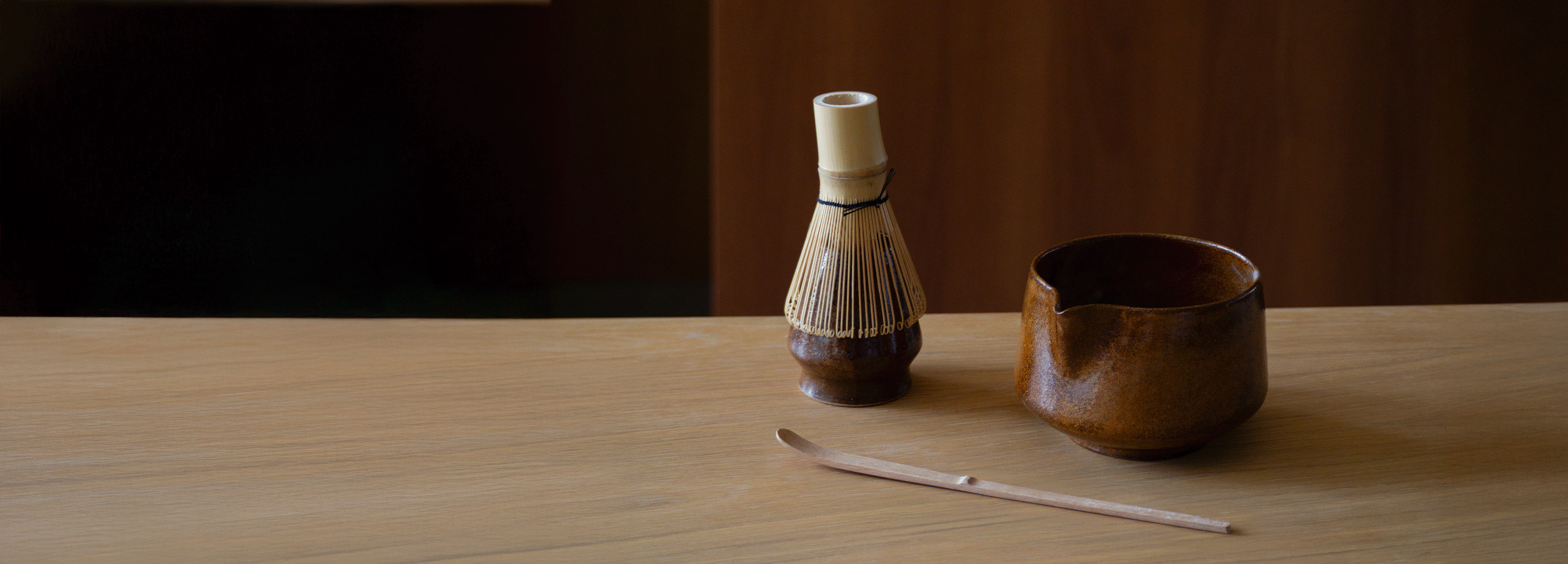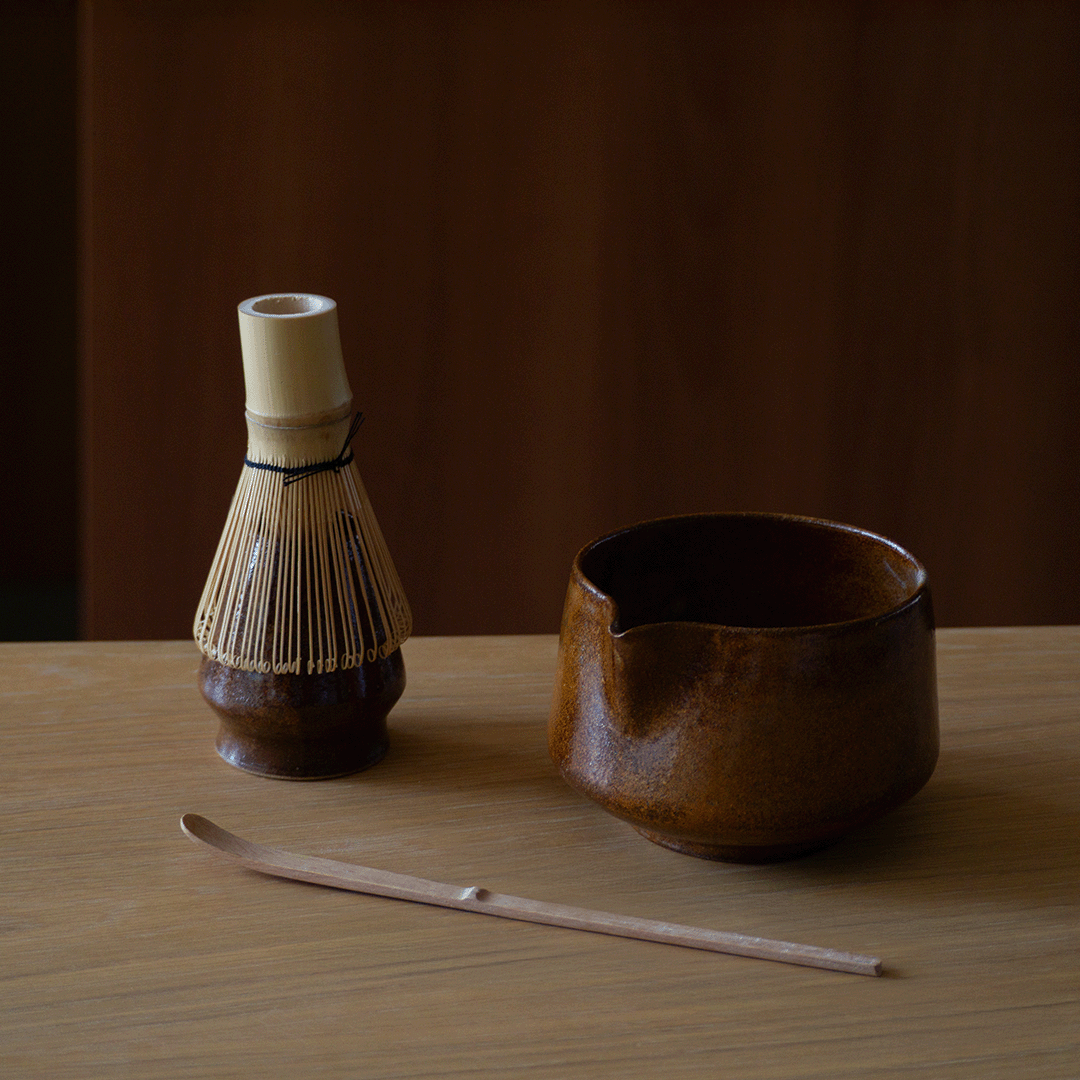






The Life and Death of Trees Kazuto Yoshikawa

Death is an unlikely source of inspiration, but for Kazuto Yoshikawa the endless cycle of life is the main essence behind his work as a wood craftsman and artist. Trees are not inanimate objects, but awe-inspiring creatures who, much like the human form, carry the marks of time; all the imperfections visible that life has left upon every available surface. As a child growing up in the countryside of Fukushima, it was the forest behind his house that taught a young Kazuto the most important lesson, that life is ephemeral and that its cycle is filled with beauty, both in bloom and decay.
He may have gotten lost along the way, as one often does, spending around 12 years working for the Italian furniture company Cassina IXC in Japan as a salesperson. But the great devastation of the Tōhoku earthquake in 2011 brought him back to his roots, so to speak. To the understanding that there is only one life to be lived. And the life of the then 35-year old Kazuto changed course, returning to his childhood fascination with the great trees. After studying traditional Japanese wood craftsmanship in the Gifu prefecture, the location of Japan’s oldest wood craftsmanship industry, Kazuto established his own studio in Tokyo.
The corpses of the forest, as he likes to call them, are turned into objects of art and function. Unlike other woodworkers, Kazuto doesn’t get rid of rotten parts, knots, or irregular grains, believing that these are the wood’s innate traits, much like the endearing imperfections of a human body. Imperfections that make the observer appreciate every moment of life and the impressions it leaves behind.
“The expression of every tree is different and depends on the circumstances of its growth. If it grew up in a difficult terrain it may have a winding and twisting form and very small width in its annual rings, which makes us admire its life. On the other hand, if the tree grew up in an easier terrain, it can have very clean and simple grains, bringing us a feeling of healthy beauty. Either way, I like the story of the tree’s life to remain in the things I make.”
The knots and splits of the wood remain in Kazuto’s bowls, they are not cut away to make the form perfect but endure to speak visual volumes about the tree’s life, artistically paying respect to all the moments it might have encountered. His spoons and knives are smoother, expressing the surfaces of a tree that led an easier life, one, perhaps, more conducive to the ideals of function. Every object is different, with different colors and grains, every single one as unique as the tree from which it originated, most of which come from Gifu in the Mie prefecture. “The main material I use is hardwood,” says Kazuto, “which naturally grows in the mountains and is not raised artificially, unlike soft wood, which is mainly used for architecture and is produced artificially for the big industries.”
It is also in this area, beside a river deep in the mountain, that Kazuto has set up his second studio, befittingly called a day in the forest, where direct access to nature allows his mind to run free and to connect to the origin of his materials. “Sometimes I come across wild animals like monkeys and deer,” he says, “I discover nature’s many organic shapes, which cannot be seen in Tokyo. I not only find shapes, but also sounds and smells, and sometimes even small similarities in different things like unique grain patterns that are present in both wood and stone. I feel joyful to see that kind of unexpected similarity and imagine how it may have happened.”
Much more than an opportunity to create and sell his work to effectively make use of the forest and preserve it, a day in the forest, is also a place for Kazuto to share his personal ethos. Through workshops, he has given people the chance to create things again with only their hands, to connect to their true selves, so often lost in the chaotic churning of urban jungles. The simple act of walking in the forest and forgetting to think, much like being a child once more. The child that Kazuto carries within him as well, which led him so successfully back to his own true self.
“As I make things out of wood through touch, smell and observation, I feel I find a lot of beauty which can’t be seen in industrial wooden products,” says Kazuto, “I think that feeling of beauty comes from sympathizing with the life of trees, a feeling that is often lost in the work efficiency of capitalism. I think the most important element of my work is to regain this lost beauty in wood.”
As the world decreases in size through the increase of information, as minds flounder beneath the pressures of daily life and as people lose touch with themselves in a world of industrially and mass-produced goods, Kazuto is a beacon of hope deep in the stirring forest, by a flowing river. An artist who believes that only things that are made by hand can have a heart. Because the hands are directly connected to the heart.
Kazuto Yoshikawa
words: Feride Yalav-Heckeroth
photography: Yumiko Miyahama, Wataru Goto, Arts & Science


